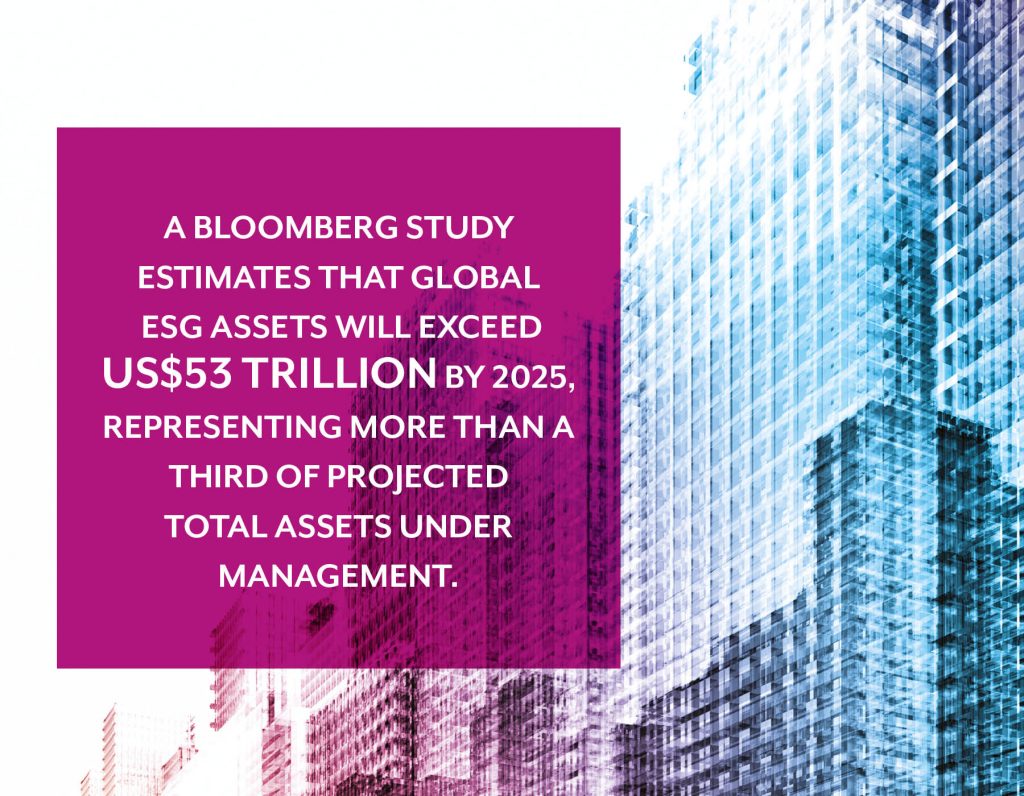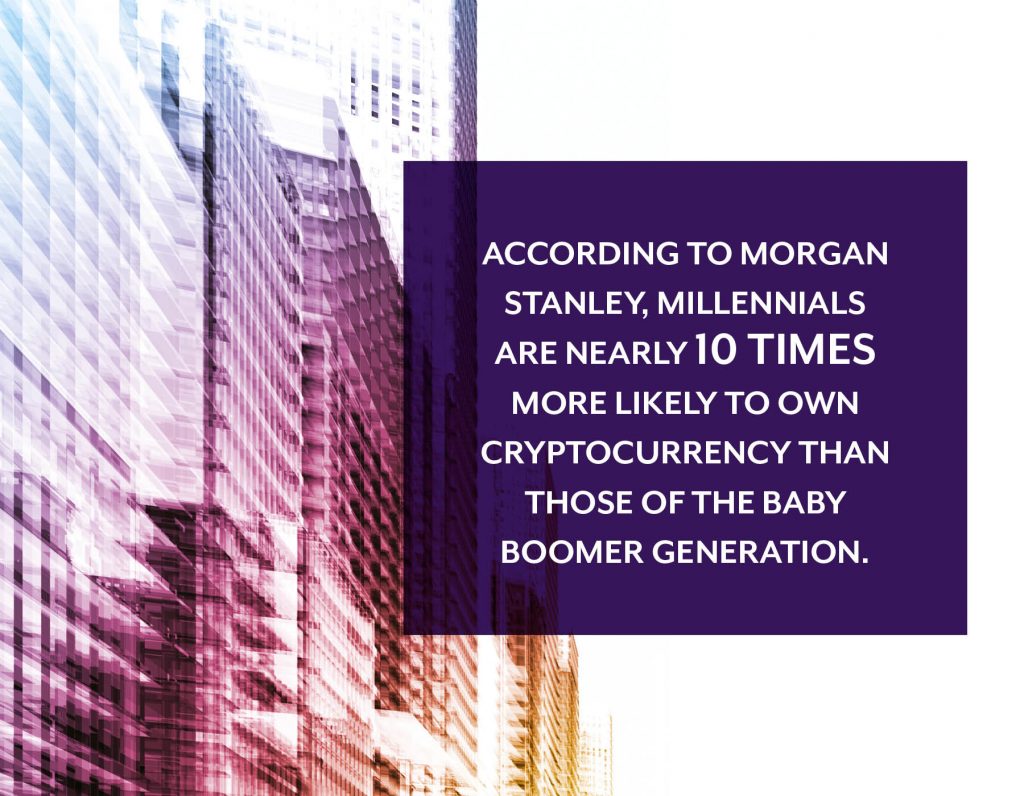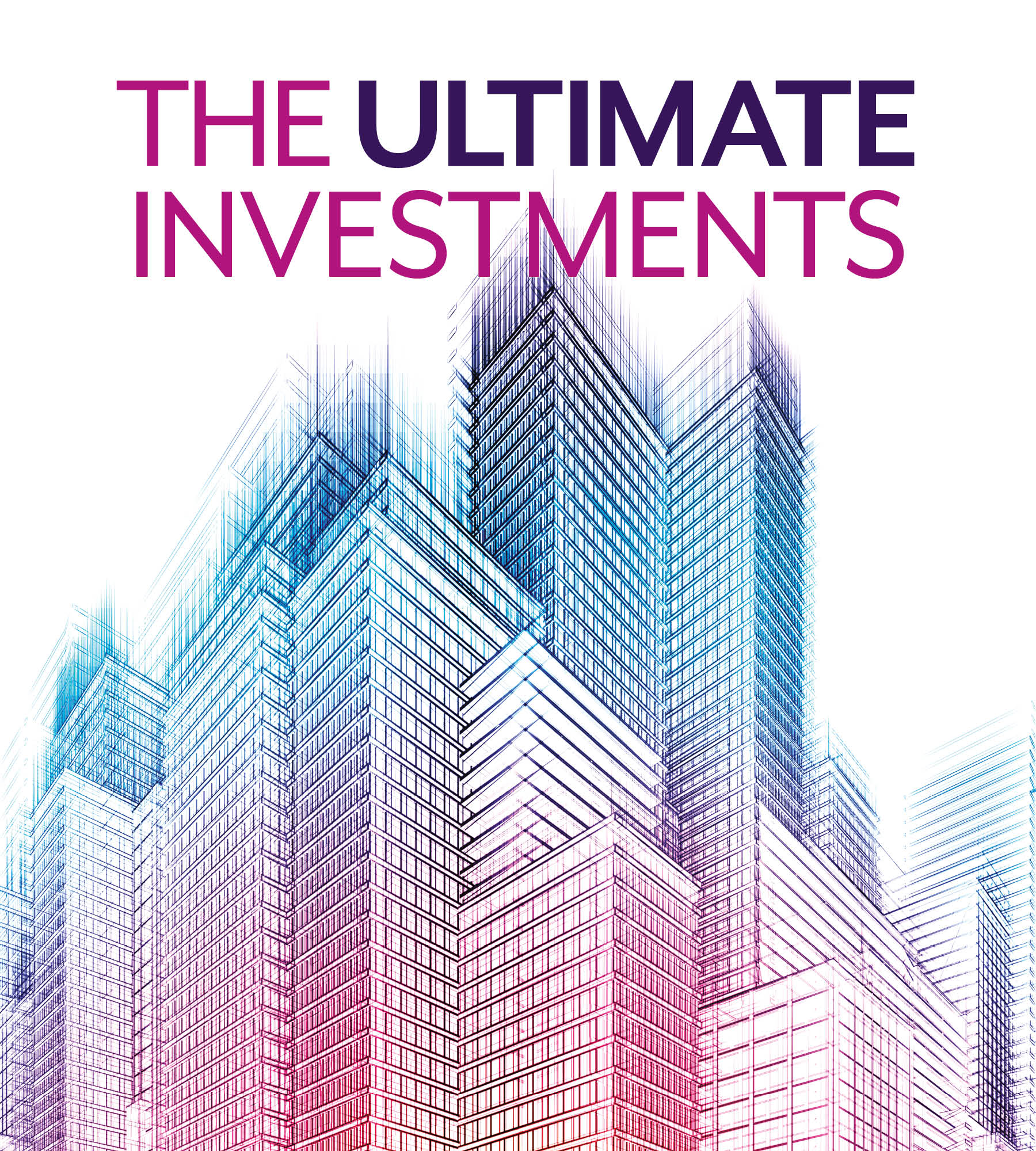Language
You can read the magazine in one of the following languages
Famed investor Benjamin Graham once said, “Successful investing is about managing risk, not avoiding it.” Given that in the past 18 months the entire world has teetered on a knife edge of risk, it’s understandable that until now, many investors decided to sit tight and not look too far beyond their existing portfolios.
However, with the Dow, S&P 500 and Nasdaq all wrapping up the first half of 2021 at record highs, and some economies turning the corner to recovery, many analysts believe now is the time to raise that risk tolerance.
“We are going to see the fastest growth in decades. Investors won’t want to miss out on the major economic growth spurt and should continue to top up their portfolios,” says Nigel Green, CEO and Founder of deVere Group, one of the world’s largest independent advisers of financial solutions, with 70 offices and 80,000 clients around the world.
“Last year demonstrated – on an unprecedented scale – the risks investors can put themselves in if their portfolios are not properly diversified and not futureproofed,” Green explains. “But it’s essential that investors remember not to be complacent when confidence once again grips the markets, and to avoid the ‘buy everything’ mindset and invest judiciously.”
So where should you be putting your money in 2021?
While commercial real estate has been hit hard by the pandemic, residential real estate has never been better. In 2020, according to Morgan Stanley, 90 per cent of the world’s central banks dropped short-term rates to record lows and house prices rose in nearly every developed country.
However, while mortgage rates are at their lowest in decades, many countries are experiencing housing supply shortages that should see high demand for rentals continue for some time yet. As a ‘passive investment’, real estate requires long-term commitment, but can secure a good return over time.
Environmental, social and governance investing has been sitting on the edges of the investment landscape for the past two decades. But with many governments (such as America’s Biden administration) and regulators becoming increasingly pro-ESG, and cashed-up millennials starting to seek out investment options that align with their values, the deVere Group has gone so far as to call ESG the decade’s “ultimate megatrend”.
“Start by making a list of the values that really matter to you in life. For example, making the world a safer place for women and girls, reducing carbon emissions and making enough money to support you and your family throughout their lives,” advises Green, who recently announced a new product of the deVere Group – a fixed-yield note where proceeds are allocated to financing eligible projects with a clear and defined environmental benefit.
“Then, when you’re ready to invest, avoid greenwashing,” he cautions. “The EU is widely regarded as the world leader in ESG as it is examining how to make sustainability considerations an integral part of its financial policy to support the European Green Deal. This all, naturally, gives clients confidence, which we’ve seen by levels of ongoing and increasing demand in Europe.”

Lumber, soybeans, lithium, copper and pigs are just a few examples of commodities that have traded at all-time highs in 2021. Due to disruptions caused by shutdowns last year, many supply chains are still playing catch-up, and rebounding economies inevitably lead to more construction, greater energy usage and extra food consumption, so commodities are in hot demand.
While commodities are highly cyclical, and some investors might be worried that the market will see a repeat of the boom and then crash of commodity prices after the 2008 recession, analysts are predicting commodities could be entering a decade-long ‘super cycle’. With ambitious plans to fight climate change, like the European Green Deal and China’s commitment to spend US$15 trillion to shift away from fossil fuels before 2050, the transition to the green energy economy will require vast amounts of raw materials like lithium and copper for years to come.
A glass of 80-year-old single malt can be the perfect way to end a night, but if you are looking to invest in whiskey, it’s the cask, not the bottle, you want to bring home. Whiskey stops maturing when it’s transferred out of wooden barrels, so the real money is to be made before bottling.
According to the ‘Knight Frank 2020 Wealth Report’, the value of rare whiskey has soared 564 per cent in the past decade, outperforming fine wine and every other luxury asset. To avoid fake whiskeys and ensure the logistics of storing casks is taken care of, it’s best to engage a whiskey broker who can get you access to exclusive sales. While some casks can start for as little as US$11,000, in February a 1926 Macallan sold for US$1.1 million, so it’s worth deciding just how much you’re willing to pay for a great drink.
If your risk tolerance is high, there’s no investment getting more attention this year than cryptocurrency. Highly volatile, bitcoin, the most popular of cryptocurrencies, peaked in April at US$65,000 a coin, only to lose half its value weeks later. Its sell-off was exacerbated in May when Elon Musk announced and then retracted his commitment to allow Tesla customers to use bitcoin for purchases due to environmental concerns.
With zero backing from any government or company, cryptocurrencies remain a gamble, but more mainstream institutions are recommending that cryptocurrencies are allocated an asset class. And for every story of someone who’s lost big on bitcoin, there are a few like John Ratcliff’s – a video game developer who invested US$15,000 in 150 bitcoins in 2013 and recently sold just six of his coins to put down a large payment on a new Tesla. Musk is still accepting the profits from bitcoin as payment, it seems.

Pharmaceuticals have long been a solid investment option, but there must be more than a few people kicking themselves for not investing in companies with names like Pfizer and AstraZeneca back in January 2020.
But the pandemic is not the only reason the healthcare sector is an increasingly attractive investment. A large aging population and more people living longer with chronic illnesses plus an injection of government funding and an uptake of new artificial intelligence and Internet of Things technologies is leading to growth across all healthcare segments.
According to data research company PitchBook, the operations and care management segment of health care experienced the largest infusion of venture capital funds in 2020, totaling a massive US$5.3 billion across 184 deals. The need for robust health care on a global scale isn’t going away anytime soon, so now might be just the right time to find an investment that has the potential to change the world.
Whichever investment you choose, the consensus is that now is the time to act. “The pandemic showed us that everything can change overnight, and this propelled many investors to review and revise their investment strategies,” Green says. “Those who acted and adapted quickly were able to mitigate risks and seize investment opportunities. By waiting, investors could miss out on decent returns and the compound effect.”
